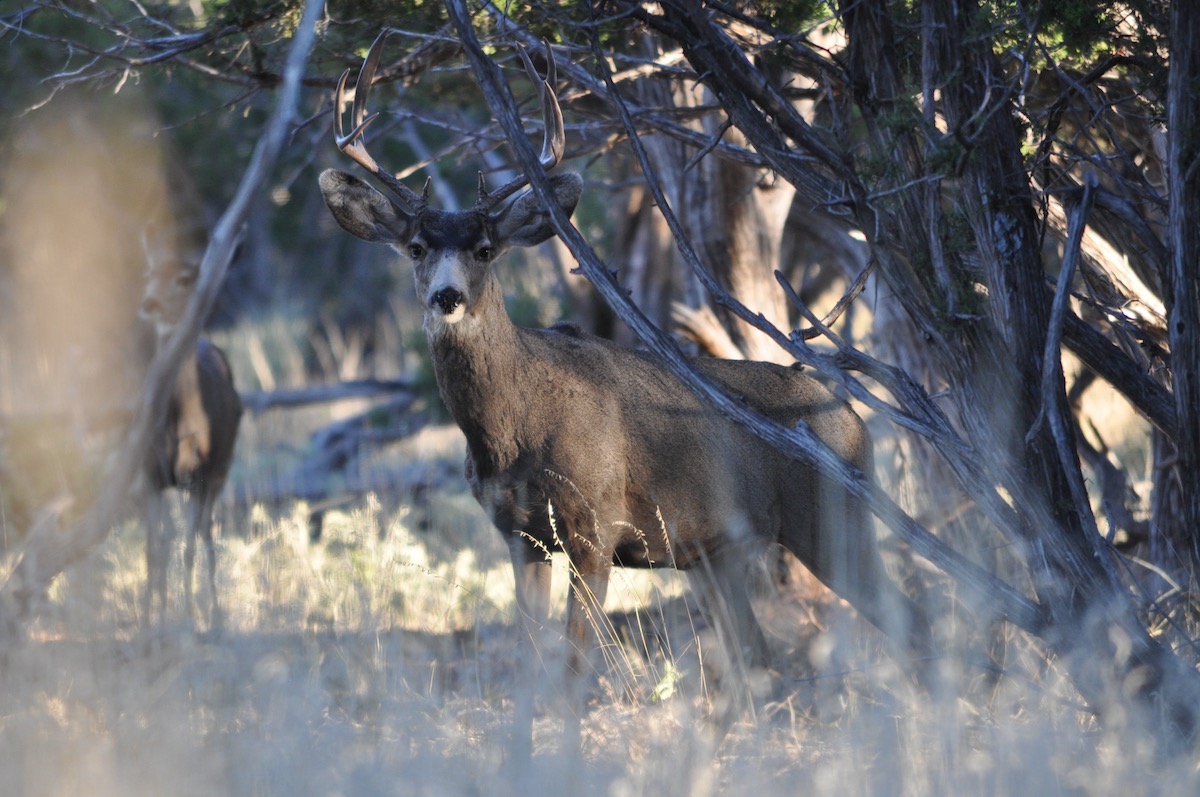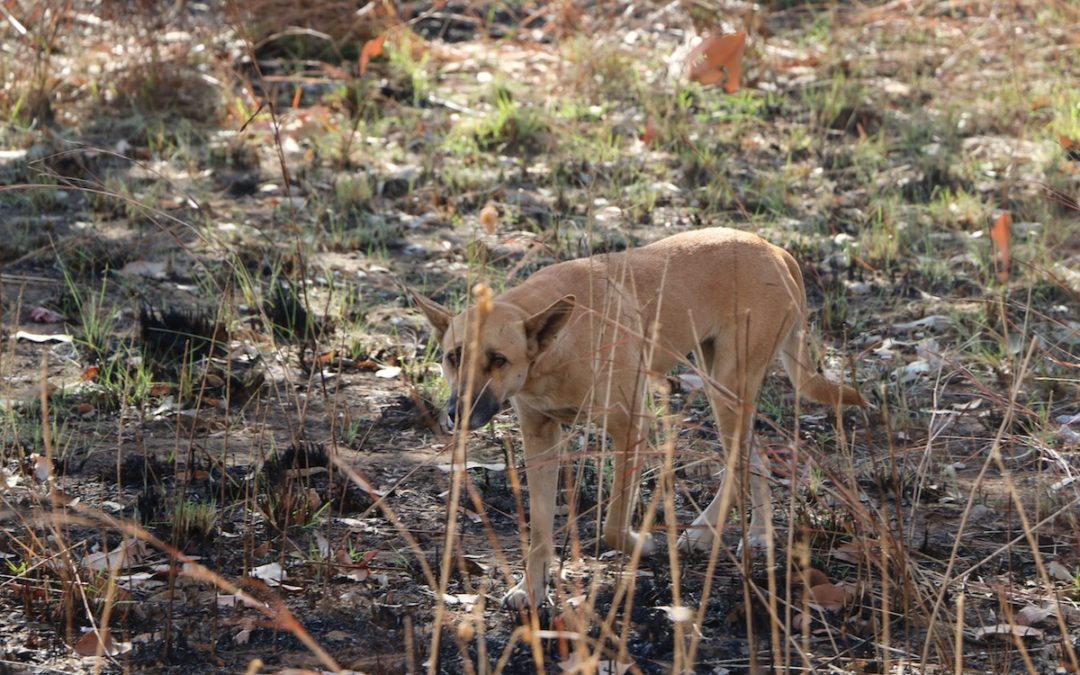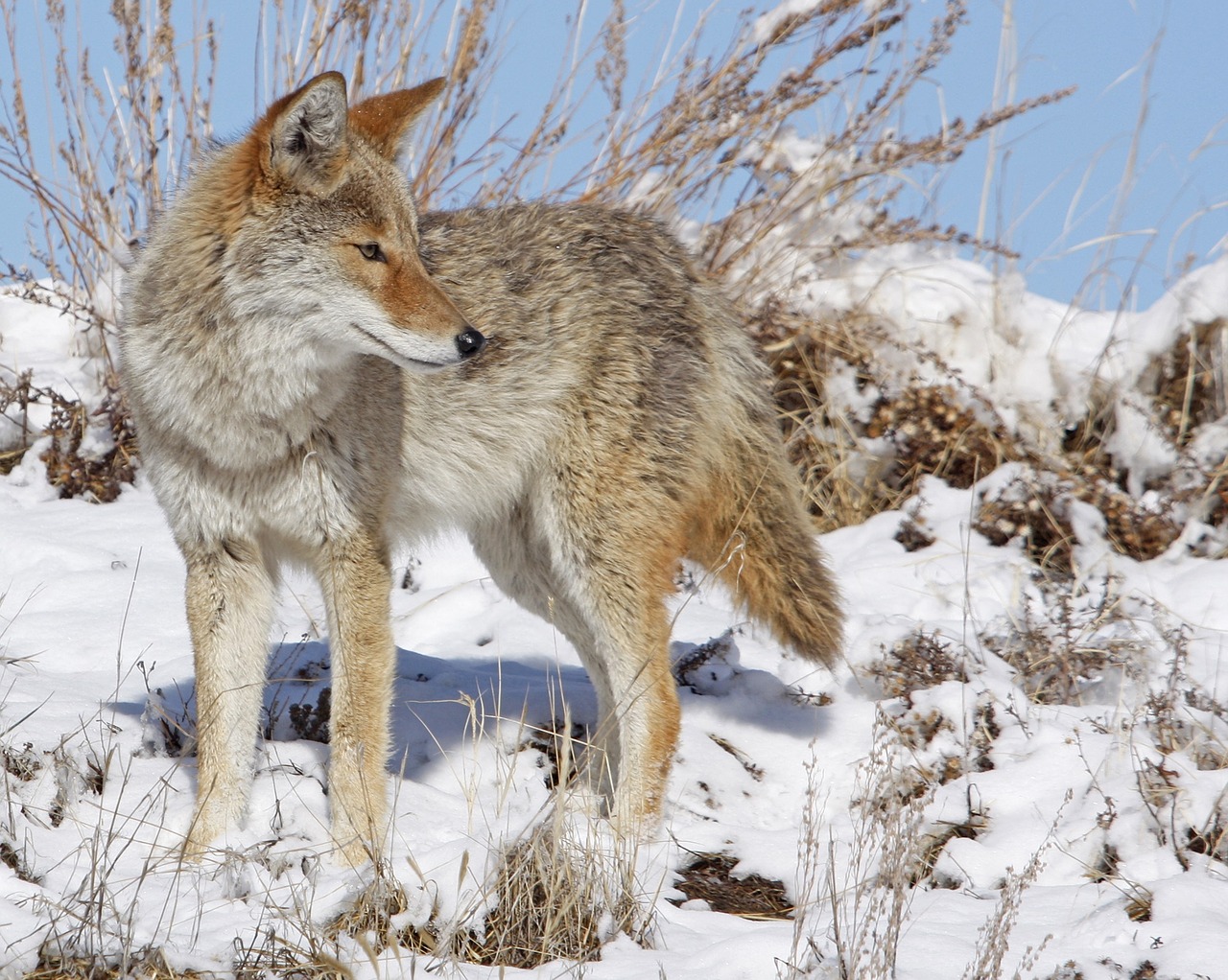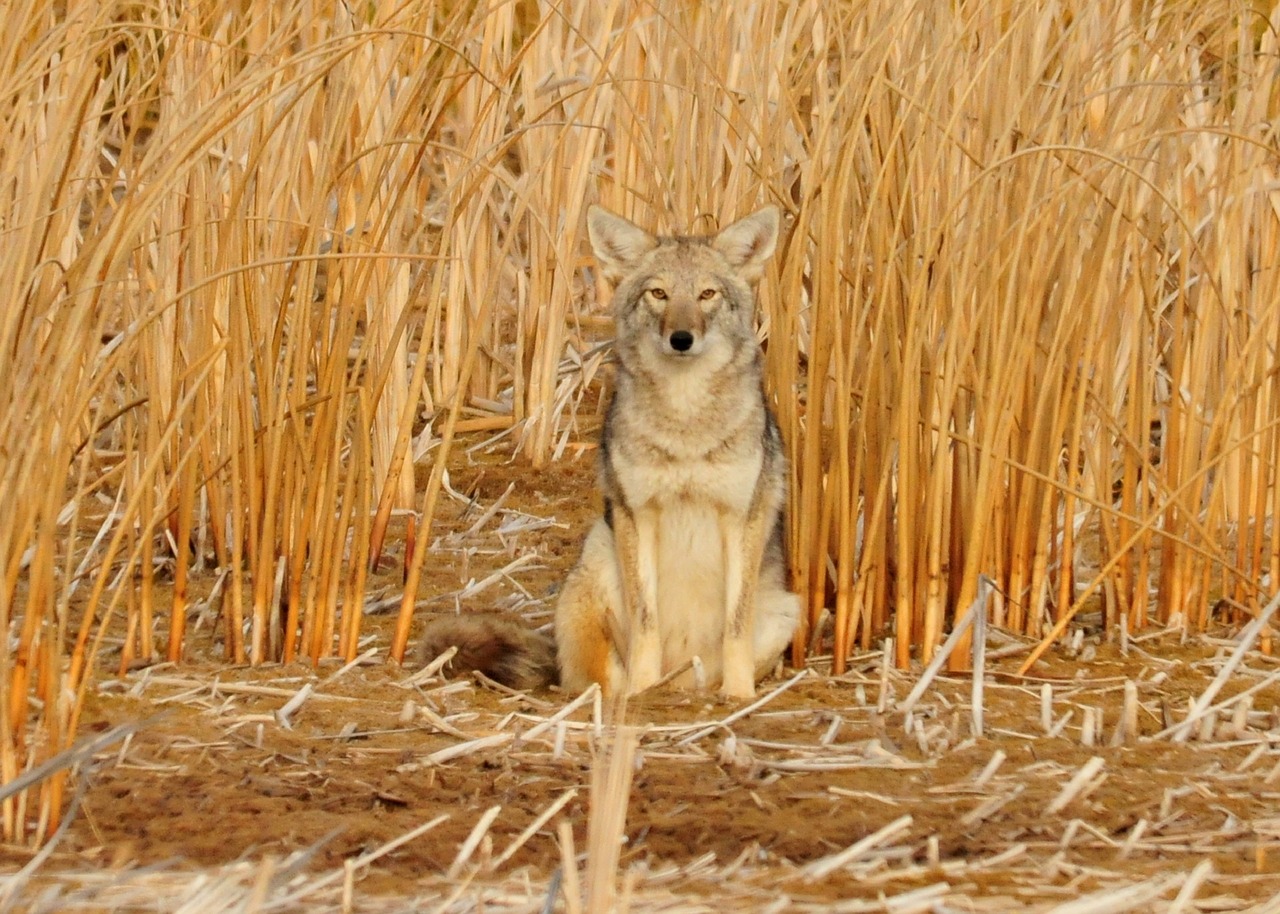A: What you heard is correct. I do indeed carry a mouth-blown predator call with me on all my hunts no matter where, whether at home in Texas or to distant destinations far across the oceans. There are several reasons for doing so. I love the challenge of trying to call in animals, particularly those with four feet, claws, teeth and antlers and/or horns. No matter where I have traveled in pursuit of big game, there have also been predatory animals in the same terrain and habitat or other animals that can be called in with a predator call. I get great satisfaction in calling animals through what I do, rather than using some electronic machine with pre-recorded sounds. There have been a fair number of hunts I have “saved” because I had a predator call with me and called in critters, hunts that otherwise would not have been overly successful other than a fun camping trip in a remote area. Similarly, you find yourself in an area where you do not have a hunting license but perhaps a friend does or you simply wish to call in predators to photograph. I also love to try to call in deer and other animals with my predator call.

A red fox called in while sitting in a deer blind in Alberta.
Several years ago I was in Australia to hunt Asian buffalo. We decided to tour an area far south of the northern territory where the long ago introduced, long-horned, monstrous-bodied buffalo live. One of our stops during our southern tour was on a rather large cattle station. I was told the property had a great number of introduced red foxes. I did not have a license for that region of Australia, but I did have a camera. That afternoon, using the Burnham Brothers C-3 Long Range Predator Call I always carry with me, I was able to call in and photograph eight foxes.
The foxes responded much the same way as gray foxes I have called in back in Texas. I had a blast that afternoon even though I did not fire a single shot.
Later during that same trip in Australia’s northern territory in search of buffalo, I called in a dingo. He came to within almost touching distance. Had I not had the predator call with me, I likely would never have seen a dingo; one of few predators found on the continent “down under.”
Hunting red stag in Sweden I shot a gorgeous 7×7 stag. We had a day left before moving on to Denmark to hunt fallow deer. I took advantage of the time calling in one fox and eight wild hogs using my Burnham Brothers call.

This mule deer was called in using a mouth-blown predator call.
With that same call this past November while sitting in a deer stand in central Alberta, I spotted a gorgeous red fox across the barley field while watching for deer. I started blowing my call. The fox stopped and immediately ran my way. He stopped 20 steps away. I was able to take photos, then watched him walk away.
While visiting an African national park to primarily photograph buffalo and elephant, we found numerous leopard tracks around a waterhole. We backed our Land Rover into some brush, sat quietly for thirty minutes, and then I started softly blowing a series of dying rabbit sounds. Five minutes later, a female leopard appeared. She hung around long enough for me to get some photos. Would we have seen a leopard had it not been for my calling? Possibly, but I doubt it!
I long lived on the edge of the famed South Texas Brush Country, home of the truly unique javelina, also known as the collared peccary, a small hog-like animal that lives in herds and whose primary food is prickly pear cactus. These sharp-tusked critters have a reputation of at times being rather aggressive.
Javelina readily respond to the continual blowing, at full blast, of a dying rabbit distress call. They come at a run, charging in, bristled hair standing on end, popping their teeth, grunting and squealing, looking all the world like a charging wild boar. To me, this is the most fun way to hunt javelina. It’s one of the reasons for having a predator call with you when hunting where javelina exist. They do not always respond, but when they do, it can get a bit “western.” Although I have never had one that responded to calling try to bite me, they are extremely convincing. If I have anyone with me while calling javelina, I make certain there is a climbable tree nearby or boulder they can crawl onto. Great fun and, as mentioned, truly exciting!
Whenever I am in mule deer country; hunting, scouting or hoping to photograph the long-eared deer I make doubly certain I have a mouth-blown, rabbit distress, predator call with me. Mule deer, does, fawns, bucks of all sizes and ages quite often come in running. I call essentially the same way one would blow my call to attract coyotes.

While on a photo safari, Weishuhn called in a leopard.
This past mule deer season in the Trans Pecos of Texas, hunting with Greg Simons’ Wildlife Systems we walked into a wide, deep brush and cactus covered canyon. We sat down where we could see the opposite slope. Greg started calling, just like he would to attract a coyote; calling for a minute, stopping for about a minute or two then calling again. Into his fifth calling sequence, we spotted movement at the top of the opposite ridge. No doubt it was a buck mule deer one with five points on each side and about 22-inches wide. The buck appeared to be a three-year old. He stopped, looked directly in our direction then ran toward us. He stotted through the bottom of the canyon and continued coming our way. The buck stopped 50 paces away, looked directly at us, then started walking our way. He stopped 20 steps distant and stared at us. He stood for nearly five minutes then finally turned and walked away.
Later that same day, from a great distance, we watched a really nice 3×3 disappear into a densely vegetated draw. We headed in his direction. We stopped on the edge of the canyon. I set up my shooting sticks, rested the .280 Ackley Improved Ruger No. 1, and pointed it in the direction of where we suspected the buck was still bedded. From just behind my right shoulder Greg started blowing on the predator call. Immediately the buck jumped out of his bed and ran our way. The three-year old stopped five steps from the end of my rifle barrel. He was indeed handsome. Had I been hunting public land I would have shot him. But we were hunting private land where the management program calls for taking only bucks five-years old and older. Great fun!
If you are not taking a mouth-blown predator call with you on your hunts, might I suggest you do so!

As a wildlife biologist, Larry Weishuhn established quality wildlife management programs on approximately 12,000,000 acres across North America with emphasis on habitat and animal populations. As a writer, he has served on staff on numerous publications in hunting, shooting and wildlife management and has long been involved with the highest quality outdoor television productions.




